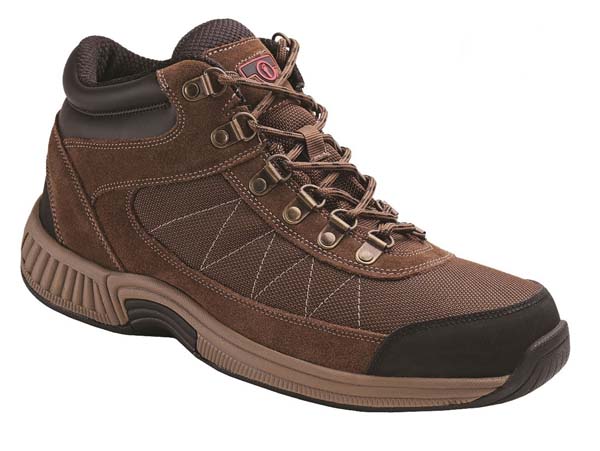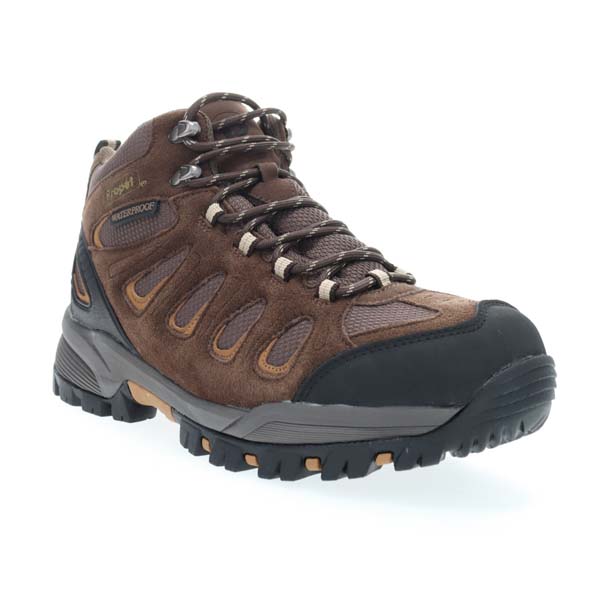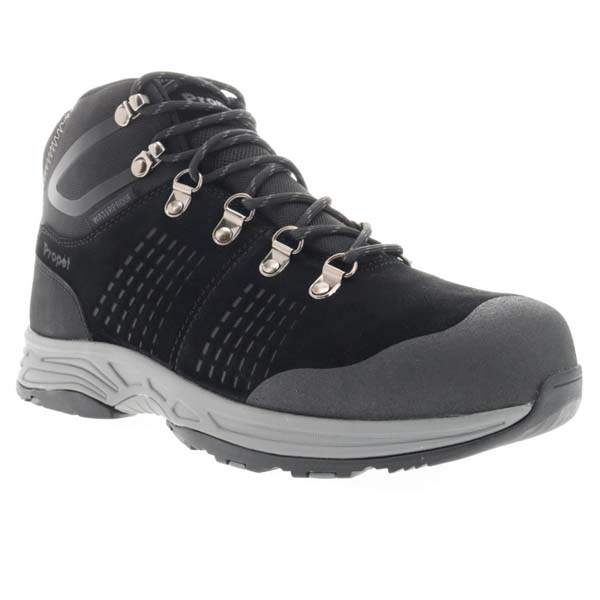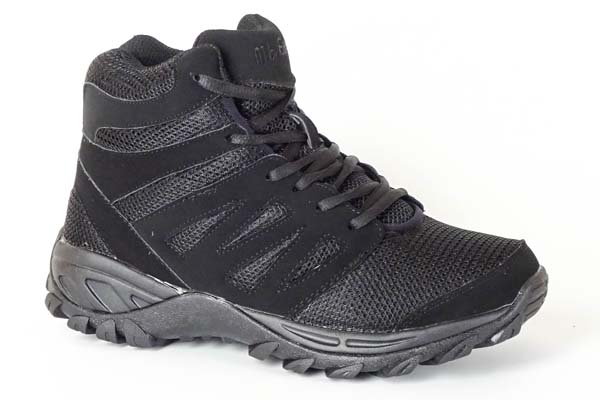Updated: 4/25/2024
Are you an avid hiker looking for the perfect pair of hiking boots? If so, you’ve come to the right place! In this comprehensive guide, we will take you through everything you need to know about 6E hiking boots. From understanding foot anatomy to choosing the right fit, we’ll cover it all. So, grab a cup of coffee and let’s dive into the ultimate guide to 6E hiking boots!
Understanding Foot Anatomy
To fully understand the importance of choosing the right 6E hiking boots, it’s essential to have a deeper knowledge of foot anatomy. Our feet are marvelously complex structures, consisting of numerous bones, joints, muscles, ligaments, and tendons, all working in harmony to support our body weight and facilitate movement. Here are some key insights into foot anatomy:
- Arch Structures: The foot is comprised of three main arches: the medial longitudinal arch (inner arch), the lateral longitudinal arch (outer arch), and the
transverse arch (across the midfoot). These arches provide stability, shock absorption, and flexibility to adapt to uneven terrains.
- Plantar Fascia: The plantar fascia is a thick band of tissue that runs along the sole of the foot, connecting the heel bone to the toes. It plays a crucial role in arch support and acts as a shock absorber during walking or hiking.
- Metatarsals: The metatarsal bones form the framework of the midfoot and connect the toes to the rest of the foot. These bones play a vital role in weight distribution and provide balance and propulsion during movement.
- Toes and Phalanges: The toes are made up of phalanges, with three phalanges in each toe except for the big toe, which has two. The toes assist in maintaining balance, gripping uneven surfaces, and providing propulsion during walking or hiking.
- Muscles and Tendons: The foot is equipped with an intricate network of muscles and tendons that work together to control movement, maintain stability, and provide support. These muscles and tendons allow us to flex, extend, and rotate our feet and toes.
- Fat Pads and Cushioning: The foot contains specialized fat pads that act as natural shock absorbers, providing cushioning and protecting the bones and joints from excessive impact during activities like hiking. These fat pads play a crucial role in overall foot comfort and protection.
Understanding the intricate anatomy of the foot helps us appreciate why proper footwear, such as 6E hiking boots, is essential. By choosing boots that cater to the specific needs of your foot anatomy, you can optimize comfort, support, and stability during your hiking adventures.
Exploring the Benefits of 6E Hiking Boots
What makes 6E hiking boots stand out from the crowd? Let’s delve into the benefits they offer. With their enhanced stability and ankle support, these boots provide a secure fit, reducing the risk of twisted ankles and injuries on the trail. Additionally, 6E hiking boots offer ample toe room, allowing your feet to spread naturally and reducing the likelihood of blisters and discomfort. Their superior traction and grip on various terrains ensure you can navigate slippery rocks or muddy trails with ease. Furthermore, these boots are built to last, providing durability and protection against the elements. Whether you’re hiking in rain, snow, or rough terrains, 6E hiking boots have got you covered.
Factors to Consider When Choosing 6E Hiking Boots
When it comes to selecting the perfect pair of hiking boots, there are several factors to consider. First and foremost is the material and construction of the boots. Opt for high-quality, waterproof materials that can withstand the demands of hiking. Consider the weight and flexibility of the boots as well. You want a balance between sturdy support and lightweight comfort.
Waterproof and breathability features are crucial for keeping your feet dry and comfortable during long hikes. Look for boots with breathable membranes that allow moisture to escape while preventing water from seeping in. The midsole and outsole options also play a significant role in providing cushioning and traction. Choose boots with supportive midsoles and durable outsoles that offer excellent grip on various terrains.
Lacing systems and closures are often overlooked but can greatly affect the fit and support of your boots. Look for boots with secure lacing systems that allow you to adjust the fit according to your preference. Some boots even come with speed lacing or quick-release systems for added convenience.
Finding the Perfect Fit
One of the most crucial aspects of choosing hiking boots is finding the perfect fit. Ill-fitting boots can lead to discomfort, blisters, and even injuries. To ensure the best fit, start by measuring your feet accurately. Use a Brannock device or a tape measure to measure the length and width of your feet. Take note of any variations between your left and right foot.
Understanding different sizing systems is important when purchasing hiking boots. Different brands may use different sizing conventions, so always refer to the brand’s specific size chart. When trying on boots, make sure to wear hiking socks to replicate the conditions you’ll be hiking in. Walk around the store or your home to assess the fit. Pay attention to any pressure points or areas of discomfort.
It’s crucial to break in your new hiking boots before embarking on a long hike. Wear them on shorter hikes or around your house to allow the boots to mold to the shape of your feet. Breaking them in gradually will ensure maximum comfort and prevent blisters during longer hikes.
Popular 6E Hiking Boot Brands and Models
When it comes to 6E wide hiking boots, there are several popular brands and models worth considering. Let’s take a closer look at a few of them:
Orthofeet – Orthofeet specializes in making orthopedic shoes for people with various foot conditions, including those with wide feet. Their shoes come in various widths, including 4E and 6E, catering specifically to individuals with wider feet. Orthofeet understands the importance of accommodating different foot widths and shapes, which is why their shoes feature adjustable straps and wide toe boxes. By using soft, breathable materials, Orthofeet shoes aim to reduce friction and prevent blisters. Additionally, their cushioned insoles and ergonomic soles help absorb shock and provide optimal support for the feet. If you have wide feet and are seeking comfortable and supportive shoes, Orthofeet is a brand that can be highly beneficial.
Propet – Propet is a brand that offers a diverse range of styles designed specifically for people with wide feet. Their shoes are available in various widths, including 3E and 5E, ensuring a proper fit for individuals with wider feet. Propet shoes are designed with wider toe boxes to provide ample room and adjustable straps or laces for a customizable fit. Some of their shoe models even have extra depth to accommodate people with high arches or those who require additional space. Propet caters to the needs of people with wide feet by offering a wide range of sizes and styles that prioritize comfort, support, and a proper fit.
Apis – Apis is a brand that specializes in creating shoes for individuals with various foot conditions, including those with wide feet. They are renowned for offering the widest range of widths, including 6E, 9E, 10E, and 10E. Apis boots like the 9713 is specifically designed with features to accommodate wide feet, such as adjustable straps, stretchable uppers, and deeper toe boxes. Their shoes are also designed to alleviate foot pain and discomfort, featuring an extra-depth design that provides ample room for custom orthotics and other foot devices. Furthermore, Apis shoes incorporate cushioned insoles, shock-absorbing soles, and other supportive features to reduce pressure on the feet and enhance overall comfort.
When considering 6E hiking boots, it’s worth exploring brands like Orthofeet, Propet, and Apis if you have wide feet. These brands prioritize comfort, support, and a proper fit for individuals with wider feet, ensuring that you can enjoy your hiking adventures without compromising on comfort or performance.
Hiking Boot Accessories
In addition to your 6E hiking boots, there are several accessories that can enhance your hiking experience. Consider the following:
- Insoles and Orthotics – Adding supportive insoles or orthotics can provide extra comfort and reduce foot fatigue during long hikes. They help distribute pressure evenly and provide arch support, reducing the risk of foot pain or injuries.
- Gaiters – Gaiters are protective coverings worn over the boots to shield your feet and lower legs from debris, water, and snow. They are particularly useful when hiking in rocky or muddy terrains.
- Hiking Socks – Invest in high-quality hiking socks designed to wick away moisture and provide cushioning. They can help prevent blisters and keep your feet dry and comfortable throughout your hike.
- Boot Bags and Storage Solutions – Properly storing your hiking boots is essential for maintaining their condition. Boot bags and storage solutions can protect your boots from dust, moisture, and damage when not in use or during transportation.
Remember, these accessories are meant to complement your 6E hiking boots and enhance your hiking experience. Choose accessories that align with your specific needs and preferences.
Hiking Boot Safety Tips
While 6E hiking boots provide excellent support and protection, it’s crucial to follow safety guidelines to ensure a safe hiking experience. Consider the following tips:
- Choosing the Right Boots for Different Terrains – Different hiking terrains require different types of boots. Ensure your 6E hiking boots are suitable for the specific terrain you’ll be hiking on. For example, if you’re hiking in rugged mountainous areas, opt for boots with sturdy ankle support and aggressive traction.
- Understanding Weather Conditions – Before heading out, check the weather forecast and dress accordingly. If you’ll be hiking in wet or cold conditions, choose boots with waterproofing capabilities and insulation to keep your feet dry and warm.
- Proper Foot Care and Hygiene – Take care of your feet by trimming your toenails, moisturizing your skin, and applying blister prevention products. Additionally, keep your feet clean and dry during breaks by removing any moisture or debris from your boots and socks.
- Recognizing Signs of Discomfort or Injury – Pay attention to any signs of discomfort or pain during your hike. If you experience persistent discomfort, hot spots, or blisters, take the time to address the issue promptly. Ignoring foot discomfort can lead to more serious injuries and ruin your hiking experience.
Remember, safety should always be a top priority when hiking. Choose appropriate boots, be prepared for different weather conditions, take care of your feet, and listen to your body.
Maintenance and Care Tips
To prolong the lifespan of your 6E hiking boots, proper maintenance and care are essential. After each hike, clean off any dirt or debris from your boots. Use a soft brush or cloth to remove mud and dirt, paying attention to the crevices and sole. If your boots are wet, allow them to air dry naturally. Avoid exposing them to direct heat sources, as this can damage the materials.
Leather is a natural material known for its softness and suppleness. However, when subjected to very low temperatures or exposed to excessive dryness, it can become brittle and prone to cracking. This is particularly relevant for the 9707 winter boot, which features numerous leather components instead of synthetic alternatives, offering superior flexibility, breathability, and overall comfort. To maintain the quality and condition of the leather, it is crucial to take care of the boots with appropriate maintenance.
Proper storage is crucial to prevent your boots from losing their shape or developing odors. Store them in a cool, dry place away from direct sunlight. Consider using boot trees or stuffing them with newspaper to maintain their shape.
If your boots sustain minor damages such as loose stitching or worn-out laces, take the time to repair them promptly. This will prevent further damage and ensure your boots remain in top condition.
Additionally, regularly inspect the insoles of your boots. If they show signs of wear or no longer provide adequate support, consider replacing them with high-quality insoles or orthotics. This will enhance the comfort and support of your boots, especially during long hikes.
Conclusion
Choosing the right pair of 6E hiking boots is a crucial step in ensuring a comfortable and enjoyable hiking experience. By understanding foot anatomy, exploring the benefits of 6E hiking boots, considering various factors in their selection, and maintaining them properly, you can optimize your hiking adventures.
Remember to prioritize safety, invest in appropriate accessories, and follow proper foot care practices. With the right pair of 6E hiking boots and the necessary precautions, you’ll be well-prepared to tackle any trail and embrace the beauty of the great outdoors. So, lace up your boots, hit the trails, and let the adventures begin!
Do you have any questions about finding the best fitting hiking boots for your feet? If so, please don’t hesitate to reach out to the experts at DT Footwear. Our knowledgeable team has years of experience helping people find the right shoes and orthotics to relieve foot pain. Call us today or send us an email, and let us help you take the first step towards happy feet.
Frequently Asked Questions (FAQs)
FAQ 1: Are 6E hiking boots suitable for all foot types?
Yes, 6E hiking boots are designed to accommodate a wide range of foot types, including those with wider feet or specific foot conditions. However, it’s important to try on different brands and models to find the right fit and comfort for your specific foot shape.
FAQ 2: Can I use 6E hiking boots for other outdoor activities?
While 6E hiking boots are primarily designed for hiking, they can also be suitable for other outdoor activities such as camping, trekking, or backpacking. Their durability, ankle support, and traction make them versatile for various outdoor adventures.
FAQ 3: How often should I replace my hiking boots?
The lifespan of hiking boots can vary depending on factors such as frequency of use, terrain, and care. As a general guideline, it’s recommended to replace hiking boots every 500-1,000 miles or when you notice significant wear and tear, loss of support, or reduced waterproofing capabilities.
FAQ 4: Can I use 6E hiking boots in extreme weather conditions?
6E hiking boots are designed to provide protection and comfort in a variety of weather conditions. However, it’s important to consider the specific features of the boots, such as insulation and waterproofing, to ensure they are suitable for extreme weather conditions. In extremely cold or icy conditions, additional insulation or specialized winter boots may be necessary.
FAQ 5: Can I wear 6E hiking boots for long-distance hikes?
Yes, 6E hiking boots can be worn for long-distance hikes, especially if they provide the necessary support, comfort, and durability. It’s important to ensure the boots are well-fitted, broken in properly, and suitable for the specific terrain and weather conditions of your long-distance hike.
The DT Footwear Guarantee

Free shipping
We offer free shipping anywhere in the U.S.
Quick delivery from 10 US warehouses

Sizing Questions
Need help with sizing? Call, email, or text to speak to our Fitment Specialists.

BONUS Inserts
Receive up to 3 free BONUS inserts per shoe with your purchase. (Not available with all styles)
Disclaimer: Educational Information Only
The information provided here is for educational purposes only. It is not a substitute for professional medical advice or treatment, including any foot-related concerns. If you have any health issues or questions about your feet, please consult a qualified healthcare professional, like a doctor or podiatrist. Don’t ignore medical advice or delay seeking help based on what you read here or elsewhere. We’re not responsible for any harm caused by using this information. Everyone’s response to treatments can be different, and medical recommendations may change over time. If you experience a medical emergency or serious foot problem, seek immediate medical attention, or call your local emergency services. By using this resource, you agree to these terms and understand the importance of getting personalized medical advice from a qualified professional.

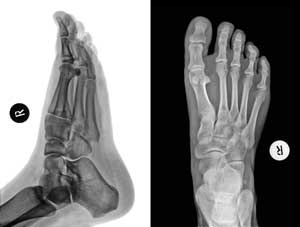 transverse arch (across the midfoot). These arches provide stability, shock absorption, and flexibility to adapt to uneven terrains.
transverse arch (across the midfoot). These arches provide stability, shock absorption, and flexibility to adapt to uneven terrains.
